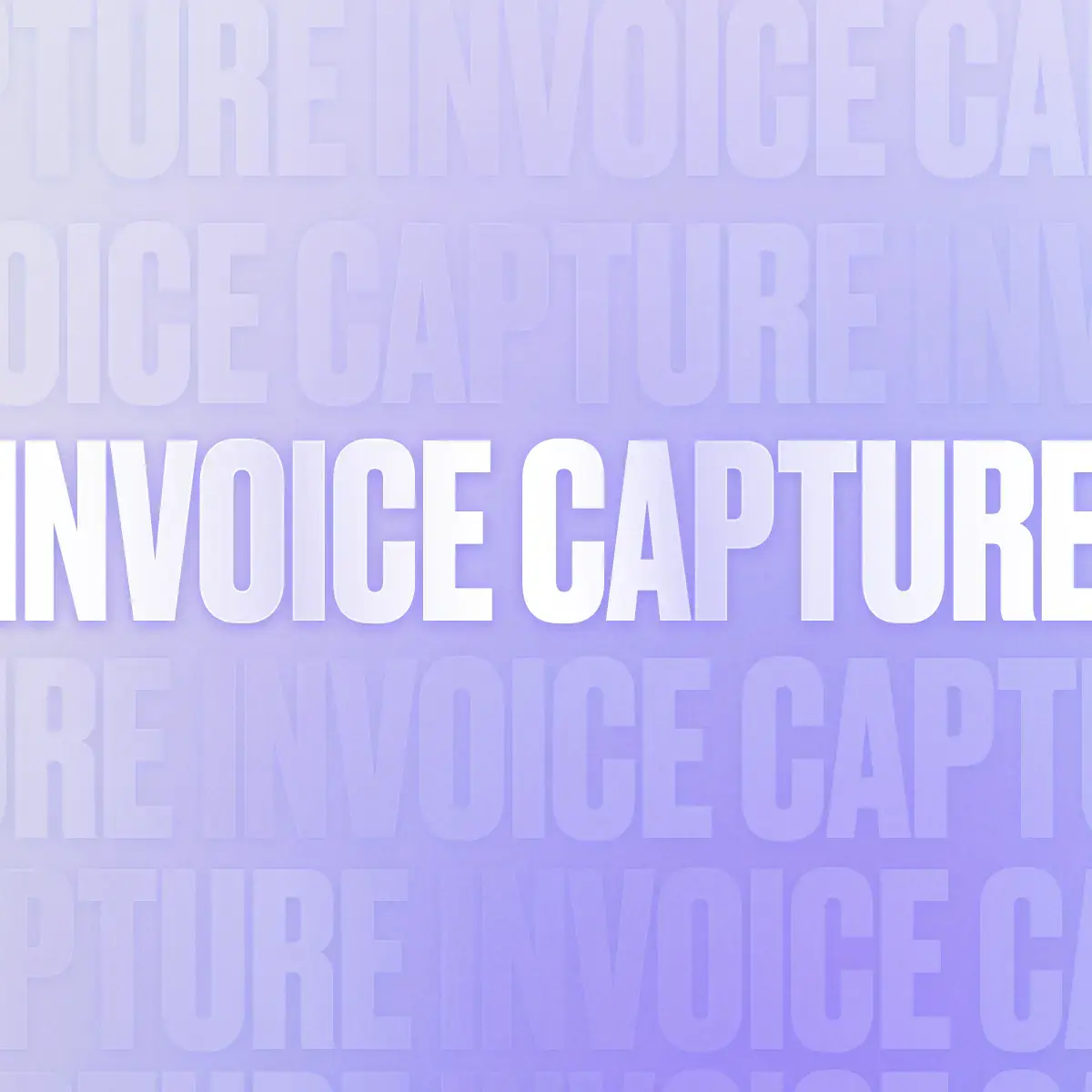Expanding your business beyond your home country sounds like a no-brainer. With more potential customers comes more revenue, right? Yes and no. For many businesses, there’s an unforeseen cost to selling products or services in other countries. These hidden expenses come in the form of cross-border payment fees – charges that can quietly drain your profits if not managed. They’re sneaky, often unexpected, and diving into international sales without understanding them can result in a host of problems that affect your bottom line.
Don’t worry; there are solutions. This guide will explain everything you need to know about cross-border payment fees and how to lower them. By the end, you’ll have a clear roadmap to reduce international payment fees and protect your profits while expanding globally.
Looking for a broader perspective on global payout operations?
Download our Payout Platform Buyer’s Guide to cut through complexity with a clear, practical playbook—covering everything from evaluating platform capabilities to aligning cross-functional teams and avoiding compliance pitfalls.
What we cover
- Looking for a broader perspective on global payout operations?
- Understanding cross-border payment fees
- The effects of cross-border transaction fees on business: Why reducing international payment fees matters
- What about the mid-market rate?
- Strategies to reduce FX spreads (achieve FX fee savings)
- Why choose Trolley for low-cost cross-border payments?
- Bottom line: Cross-border payment fees are unavoidable, but high rates aren’t
Understanding cross-border payment fees
The first step to fixing this problem is understanding its root cause. Let’s say you’re a Canadian company selling handmade jewelry online. A customer in the UK loves your work and wants to buy a $200 necklace. They pull out their British debit card and pay £150 through your website. Simple transaction, right?
Not quite. This customer used their local bank card to pay in British pounds, but your Canadian company needs to receive Canadian dollars. This currency conversion isn’t free. Between the customer’s payment and the money landing in your bank account, multiple fees get tacked on. These hidden costs can quickly eat into profit margins if left unchecked.
That brings us to the types of fees that often arise in cross-border transactions:
Currency conversion fee
When those British pounds need to become Canadian dollars, someone has to facilitate that exchange, and banks or payment processors don’t do this for free. Currency conversion fees are either a fixed amount or a percentage of the transaction, depending on your payment processor or bank. Most traditional banks add a markup of around 2–3% above the mid-market exchange rate. This fee serves as a buffer to protect banks from currency fluctuations. Exchange rates change constantly – sometimes by the minute – so banks include this margin to avoid losing money if rates shift unfavorably between initiating your payment and completing the exchange.
Wire transfer fees
Here’s a more basic but just-as-important cost to understand. Wire transfer fees are flat charges that banks levy for processing international wire transfers. Remember SWIFT? It’s the global network that banks use to send money internationally. Every time your payment travels through this system, fees accumulate. These fees usually range from about $15 to $50 per transaction, regardless of the amount being sent. You could be transferring $100 or $10,000 – the wire fee stays the same.
What makes wire fees particularly frustrating is that they often come in pairs. Your sending bank charges one fee, and the recipient’s bank charges another. Even worse, when multiple intermediary banks are involved in routing the payment, each one can deduct its own fee (often called a “lifting” fee). For example, if you send €500 overseas, by the time the wire reaches the beneficiary, they might receive only around €450 after all the intermediate banks take their cut.
Foreign exchange (FX) fees
Foreign exchange fees differ from the basic currency conversion markup. We’ve established that conversion fees are the markup added to the mid-market rate. FX fees, on the other hand, are additional charges specifically for facilitating the exchange itself. These can include administrative costs, processing fees, or service charges on top of the exchange rate markup.
For example, a bank might offer you an exchange rate that’s 3% worse than the mid-market rate and then charge an additional 1% FX transaction fee on top of that. It’s like buying a $50 concert ticket and then seeing a $5 “convenience fee” plus a $3 “processing fee” at checkout – suddenly your ticket costs $58. FX fees work the same way: they are extra charges piled onto an already marked-up exchange rate.
📘 Take a strategic approach to payouts
Download our Payout Platform Buyer’s Guide to learn how modern platforms reduce costs, streamline compliance, and align finance, product, and engineering teams from day one.
The effects of cross-border transaction fees on business: Why reducing international payment fees matters
Now that you know about these sneaky hidden fees, why should you care? Because these costs can have a significant impact on your business’s financial health. A business heavily depends on predictable cash flow and accurate accounting. In order to keep your inventory stocked or pay your suppliers on time, you need to know exactly how much money is coming in. But when cross-border fees vary unpredictably, forecasting becomes a nightmare. A sale that looks profitable on paper might barely break even after all fees are deducted.
This uncertainty ripples through your entire operation, from pricing strategies to expansion plans. Even worse, these fees compound over volume. If you’re processing hundreds of international transactions monthly, a 3–4% fee on each one can easily eat away at $10,000 or more in profit each month. That’s money that could’ve funded new hires or marketing campaigns. For context, one report found that U.K. SMEs trading in foreign currencies lose an average of £70,000 (about $90,000 USD) per year due to exchange rate losses – a sobering illustration of how small percentage fees can translate into huge costs over time.
In fact, cross-border payment inefficiencies can quietly devour around 5–7% of a business’s revenue. This revenue leakage might come from various sources: unexpected bank charges, delays causing missed early-payment discounts, or poor exchange rates on each transaction. 20-40% of revenues are lost due to process inefficiencies and fees. High fees often end up passed on to buyers as well, making your product more expensive at checkout. A customer comparing prices might choose a local competitor because currency fees inflate your price. This creates a vicious cycle where you either absorb the fees and hurt your margins or pass them on and lose customers. Neither option is desirable.
Here’s how these effects typically show up for businesses suffering under high cross-border fees:
- Insufficient or late payments: Payments arrive short of the full invoiced amount due to hidden fees, or they arrive late due to slower international transfer times.
- Inaccuracy in cash flow forecasting: With unpredictable deductions, finance teams struggle to forecast cash flow, making budgeting and planning difficult.
- Reduced profit margins: A few percentage points lost on each transaction directly erode your margins, as discussed.
- Lost customers due to higher final prices: Fees passed to customers can price your offerings above local competitors.
- Difficulty budgeting for international expansion: Uncertain transaction costs make it hard to model the financials of expanding to new markets.
- Unpredictable monthly expenses: Variability in fees means the cost of revenue collection swings from month to month, complicating expense management.
What about the mid-market rate?
One way companies can estimate how much they’re losing to fees is by comparing their rates to the mid-market rate. This is the “true” exchange rate you see on Google or financial sites like XE.com – essentially the rate banks use when trading with each other. It’s the fairest possible rate without any markup (also called the interbank or middle rate). Unfortunately, retail customers and businesses rarely get access to this rate. Banks and payment processors add their margin on top, creating a “spread” between what you pay and what the actual market exchange rate is.
For example, if the mid-market rate for USD to EUR is 0.92, your bank might only offer you 0.89, pocketing the 3% difference as their profit. On a $10,000 transaction, that’s $300 lost instantly. The larger your transaction volume, the more critical it becomes to minimize this spread. Some businesses lose tens of thousands annually just from unfavorable exchange rates alone.
So while the mid-market rate is a good benchmark for evaluating your current rates, it shouldn’t be the end-all, be-all. Your goal should be finding ways to lower those fees and narrow that spread as much as possible.
Strategies to reduce FX spreads (achieve FX fee savings)
Smart businesses don’t just accept whatever rates and fees their current bank offers. The following are some common strategies used to reduce international payment fees and improve exchange rates, effectively turning those hidden costs into FX fee savings for your company:
1. Batching payments
Instead of sending individual payments every time an invoice comes in, consider batching them. This means combining multiple smaller transactions into fewer, larger ones. Most fees have a fixed component regardless of transaction size – wire fees, processing charges, and administrative costs often stay the same whether you’re sending $100 or $10,000. If you group payments together, you spread these fixed costs across a larger total amount, which reduces the percentage impact on each individual payment.
For example, say you run a content agency that pays freelancers worldwide. Instead of sending twenty separate $500 payments each month (incurring, say, a $15 wire fee each time, totaling $300 in fees), you batch them into four payments of $2,500. Now you pay only four wire fees (4 × $15 = $60). You’ve effectively cut your wire fee costs by 80% in that scenario. Batching can require some process changes, such as running payouts on a regular schedule instead of on demand, but it can lead to substantial savings.
2. Using local payment rails (ACH and equivalents)
Another popular solution lies in using local banking networks, often called local payment rails. For example, ACH (Automated Clearing House) in the U.S. or SEPA in Europe are domestic payment systems that cost much less than international wires. The strategy involves establishing local bank accounts in your key markets, then using these domestic systems to move money internally before making a cheaper local transfer to the end recipient.
Instead of sending an expensive SWIFT international wire from your U.S. account to pay a supplier in Germany, you could maintain a German bank account. You’d transfer funds to that account in bulk, then pay the supplier via a local SEPA transfer. Local transfers often carry minimal fees (sometimes just a few cents or a few dollars) – an international ACH can cost under $5, versus $15–$50 for a wire – and the money typically arrives faster. This approach can dramatically cut costs and improve payment speed, provided your volume in a given region justifies maintaining a local account or using a service that provides local account proxies.
3. Negotiating better exchange rates with providers
Your current exchange rates and fee structure aren’t necessarily set in stone. Banks and payment processors often have flexibility, especially for high-volume customers or loyal business clients. The key is to approach these conversations professionally and armed with data.
Start by tracking your current cross-border payment volumes and fees over a 3–6 month period. Calculate exactly what you’re paying in exchange rate spreads above the mid-market rate, and in total fees. Then, research competitor rates or talk to other providers to understand what’s possible in the market. When you approach your bank or provider, you’re not just asking for a favor – you’re presenting a business case that they could lose your volume if they don’t offer a more competitive deal.
Here are a few negotiation tips that finance teams use:
- Highlight your transaction volume and growth projections: Emphasize how much money you’re moving (and how it’s growing) to justify a volume discount.
- Show competitive quotes: If you have quotes or indicative rates from alternative solutions (e.g., a fintech platform or another bank), use those as leverage.
- Propose committing to annual minimums: In exchange for a better rate, you might commit to keeping a certain amount of volume with the provider.
- Ask about volume-based tiers: Many providers have tiered pricing (the more you send, the lower the margin). Ensure you’re in the best tier for your volume, and see if they’ll improve the tiers.
- Focus on specific currency corridors: If most of your transactions are in, say, USD→EUR and USD→GBP, negotiate those pairs specifically.
Even a small improvement (say, reducing a 3% markup to 2%) can yield thousands of dollars in FX fee savings over the course of a year.
4. Switching to platforms that offer better FX spreads
Traditional banks weren’t built for the digital, globalized economy. They often use legacy infrastructure and multiple intermediaries that add costs at every step. Modern fintech payment platforms leverage technology and direct banking relationships to offer significantly better rates and lower fees for cross-border payments. In many cases, these specialized platforms provide exchange rates within about 0.5% to 2% of the mid-market rate, compared to traditional banks’ typical 3–5% markup. They also tend to have more transparent pricing (no hidden fees), real-time tracking, and faster settlement times.
In short, these platforms are designed for businesses making regular international payments, and they operate more efficiently. Using a modern global payments provider can often cut your cross-border payment costs dramatically. One industry analysis noted that fintech “attackers” charge about one-fifth of what traditional players charge, thanks to lower overhead and more efficient processes. If your business is scaling globally, it’s worth evaluating some of these alternatives.
Trolley is one such platform (among others). As a modern payouts solution built for global businesses, it offers competitive exchange rates and transparent fees that traditional banks simply can’t match. Let’s explore that in more detail:
Why choose Trolley for low-cost cross-border payments?
As an all-in-one payout solution, Trolley aims to be your one-stop shop for global payouts. We operate in over 210 countries and offer competitive exchange rates that are much closer to the mid-market rate than those of traditional methods. This means more of your money stays in your pocket instead of disappearing into hidden fees.
We value transparency above all, knowing how important it is to have the right data for informed business decisions. Our platform provides clear, upfront pricing with no hidden charges, so you know exactly what you’re paying before you send any payment. We also offer detailed transaction reporting and built-in tools to simplify your workflows.
How much can this really save you? Trolley typically reduces international transfer costs by 40–90% compared to traditional alternatives, through direct banking infrastructure and transparent pricing. We offer a low 2% markup above wholesale exchange rates, with modular subscription fees starting at $49 monthly for the base Pay module. This structure undercuts typical bank currency conversion spreads (often 3–5%) and even common online payment options like PayPal (which charges roughly a 3–4% currency conversion fee). Just as importantly, Trolley eliminates the multiple intermediary bank fees (the $15–$30 “lifting” fees) that you’d usually see with SWIFT wires, since our network routes payments more directly.
And reduced fees are only part of the benefit. By joining Trolley, you also get easier tax compliance (with automated tax form collection and reporting), flexible payout workflows with our API integrations, built-in KYC/AML compliance checks, and comprehensive reporting dashboards. In short, our platform is designed to remove friction at every step of the international payment process.
Bottom line: Cross-border payment fees are unavoidable, but high rates aren’t
Cross-border fees are a reality—moving money internationally will always come with some cost. But that doesn’t mean high rates should be accepted as the cost of doing global business. With the right strategy and partners, you can reduce fees, protect your margins, and create a smoother payout experience for your contractors, creators, or suppliers.
Every percentage point saved compounds over time. What starts as a few hundred dollars per month can quickly add up to tens of thousands in annual savings—money that can be reinvested into growth initiatives, competitive pricing, or simply protecting profitability.
Reducing fees takes a combination of smart process optimization, negotiating with providers, and leaning on modern infrastructure designed for efficiency.
For finance leaders, understanding how fees fit into the larger picture of global payout operations is critical. Explore Global Payouts Platforms: Challenges, Solutions & Best Practices to see how leading companies balance cost, compliance, and scalability.







